Whether you drink decaffeinated coffee for health reasons or simply for better sleep, it is good to know that the decaffeinating process can impact the taste of the coffee. Here is a summary of the main methods used to decaffeinate coffee.
What is certain is that this is a delicate process. Coffee is very sensitive, and removing caffeine from it without distorting it or dulling its flavours is a huge challenge.
Two types of process exist to decaffeinate coffee: natural methods and chemical methods. Here's a preview!
Natural methods
So-called “natural” methods are simply those that do not use chemical solvents. They are also the only ones that can produce certified organic coffee, and those that best preserve the flavours of the coffee.
A) Naturally decaffeinate with Swiss water (Swiss Water ® Process – SWP)
We often hear this name when talking about decaffeinated coffee. It is one of the most sought-after methods on the market: no chemicals are used, and the coffee is 99.9% caffeine-free. In addition, Swiss Water is a registered trademark: we can therefore ensure the quality of the decaffeinated coffee thanks to the process logo. This is also the method we use for our decaffeinated espresso blend and our decaffeinated filter coffee.
Process
Soaking green grains in hot water to make them soluble. Caffeine, but also the coffee oils, which also contain its flavour, are then removed.
Pass the soaking water through an activated carbon filter. This filter allows you to harvest caffeine without blocking the oils.
The soaking water is now saturated with oils, but contains no caffeine. So when you soak new beans in it, they will release the caffeine, but not the oils.
We continue to use this water to decaffeinate batches of beans, one after the other!
One of the advantages of this method is the recovery of waste water and caffeine. Since the water is still saturated with coffee particles, it can be used again. As for caffeine, it is used in the pharmaceutical and food industries.
In addition, this method does not involve any chemicals and preserves the aromas of the coffee much better. However, it takes several dozen hours. This is the one most often used by microroasters.
It is interesting to know that a similar, but less widespread, process also exists: the mountain water method. The soaking water is glacier water, which would make the final product even purer.
B) Naturally decaffeinate with CO2
The carbon dioxide method is similar to that carried out with chemical solvents. It is also rather expensive if not used in large quantities.
Process
Soaking green grains in vats of hot water.
Circulate CO2 at high pressure in the tanks. The CO2 attaches to the caffeine, which is removed from the beans at the same time.
Filter the grains. The water is then either heated to a high temperature to evaporate the CO2 and retain the caffeine, or passed through an activated carbon filter.
The chemical methods
Don't worry: federal regulations surrounding the decaffeination of coffee are very strict. This means that the percentage of chemical solvent remaining on the beans is minimal and poses no risk to your health.
A) The European/indirect method
When choosing a chemical process, the indirect method is probably your best choice, the grains are never in contact with the solvent.
Process
Soaking the green grains in vats of very hot water.
Chemical solvent is added to the soaking water, filled with caffeine and oils. As with CO2, the chemical solvent attaches itself to the caffeine.
The water is then heated to a high temperature to evaporate the water and caffeine, but retain the oils.
The decaffeinated and flavorless beans are immersed in new vats of water and the oils are added. The latter thus reintegrate the grains
B) The chemical method
This method is the least expensive and quickest and, consequently, the most used by decaffeination companies. The chemical solvent chosen is usually ethyl acetate or methylene chloride.
Process
The grains are steam treated to enlarge them. The solvent therefore benefits from more surface area to decaffeinate the beans.
The coffee is immersed in a vat of water containing the chemical solvent.
The grains are filtered, then steam treated to remove any remaining water or chemical solvent residue.
After decaffeination
Regardless of the method chosen, the coffee is then dried so that it returns to a normal humidity level. It can then be roasted normally!
Attention! Coffee will never be 100% decaffeinated, just like tea or cocoa. Legally, the caffeine level of a decaffeinated product must be below 0.1%.


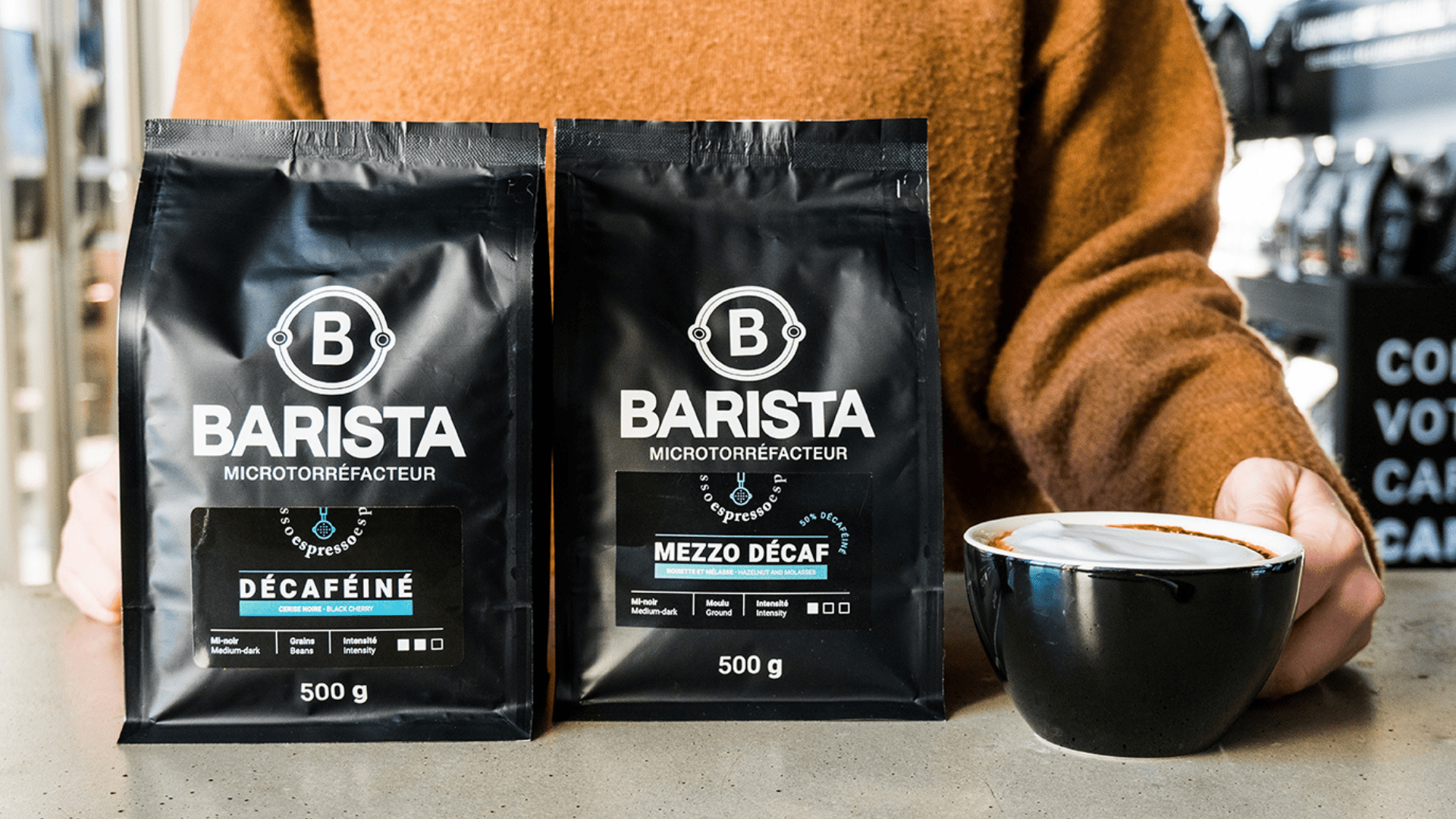

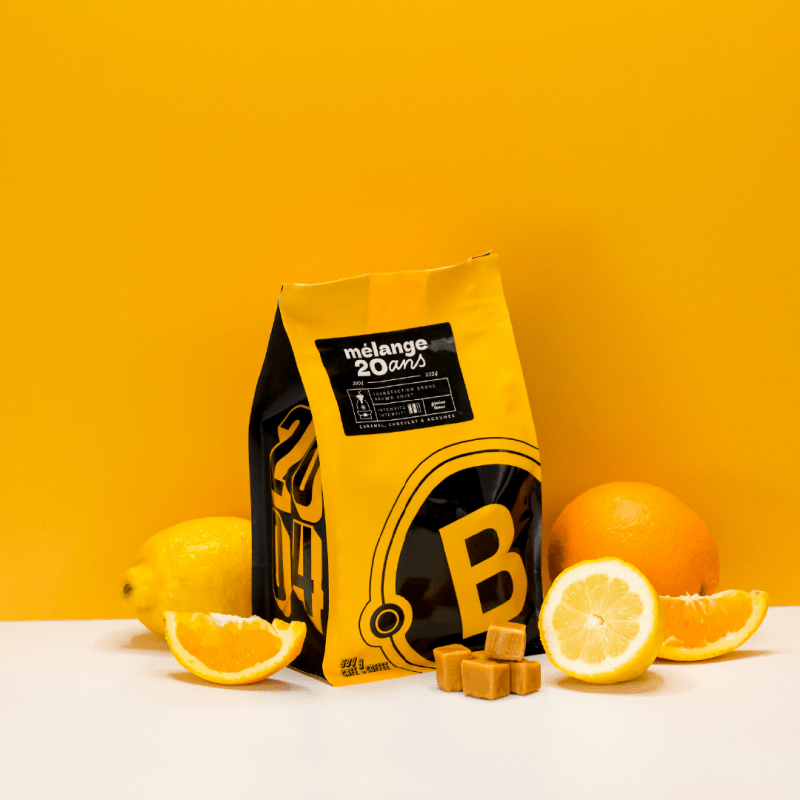


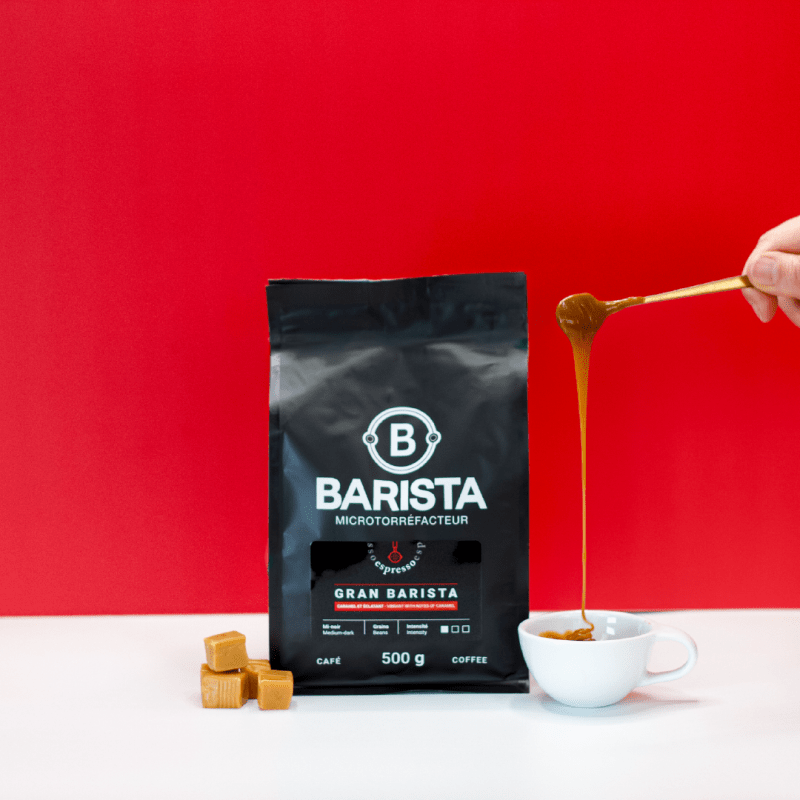
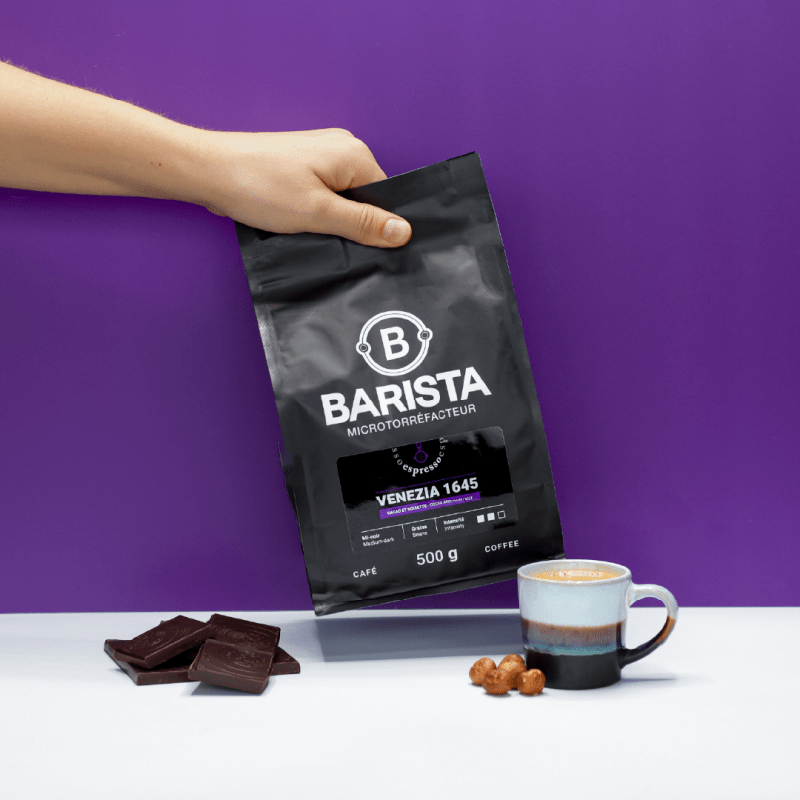
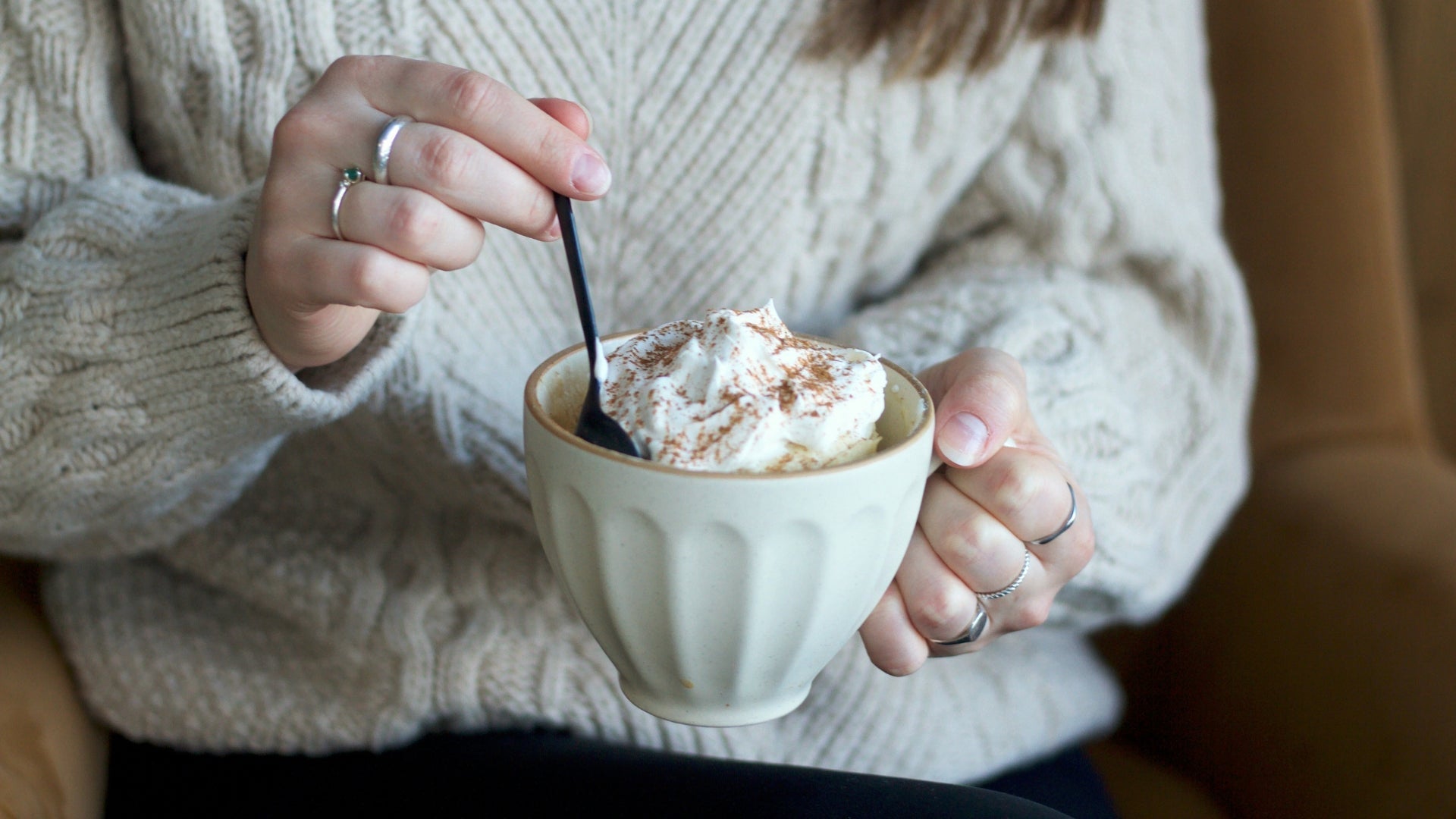
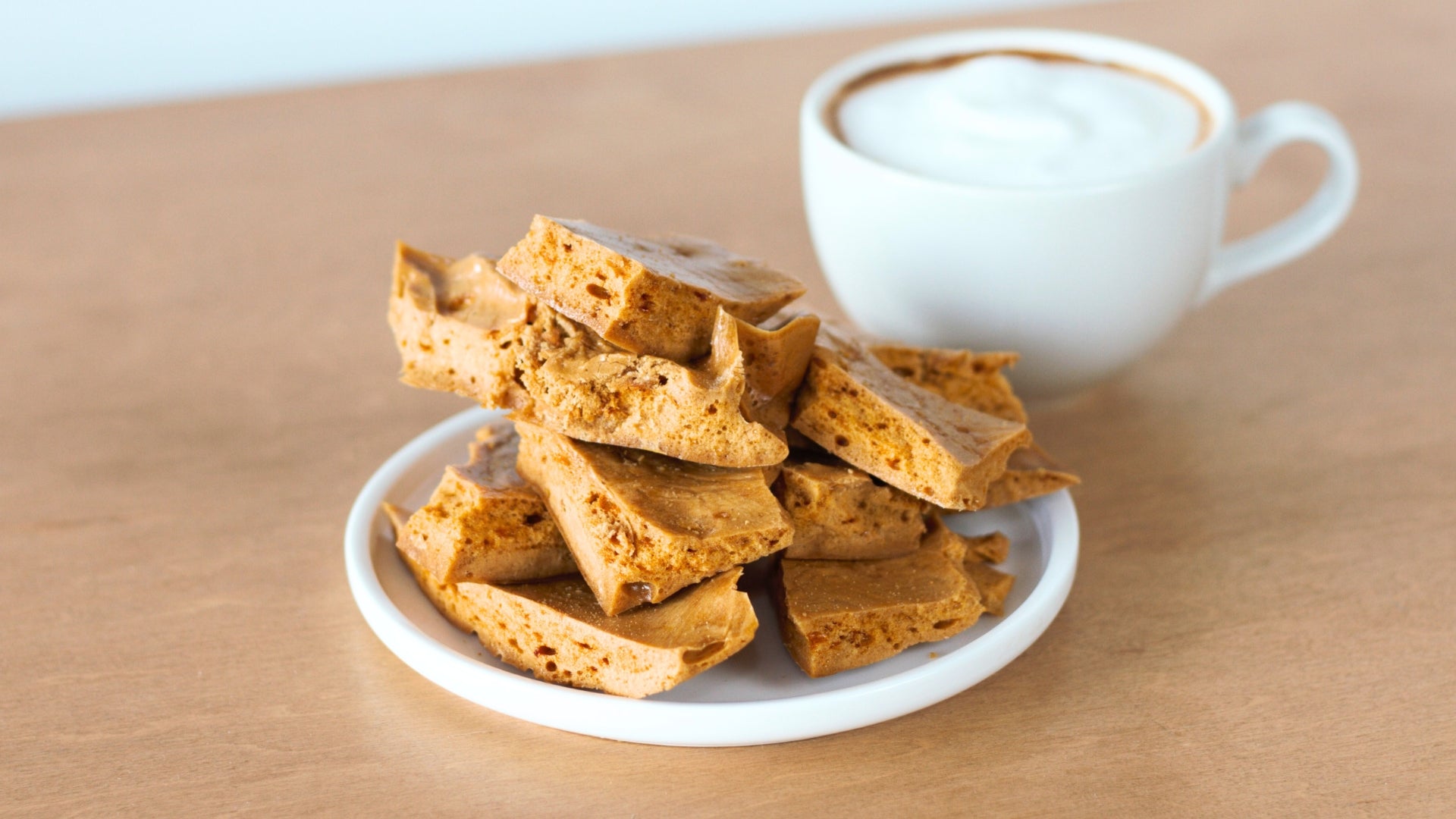
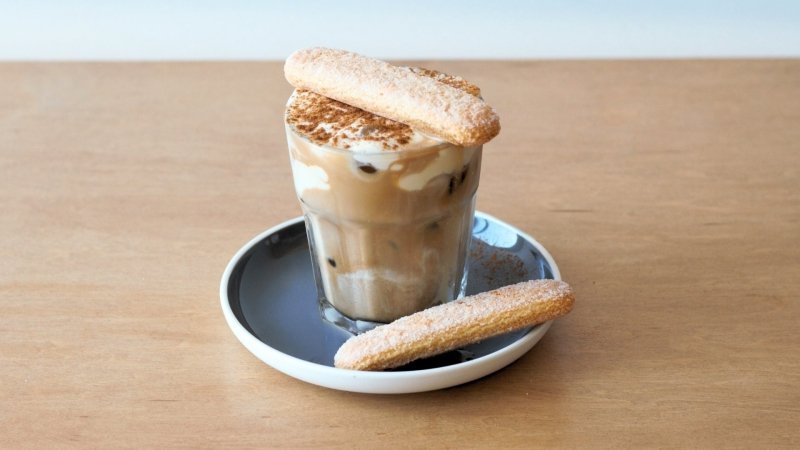
Share:
What's the Difference Between Washed and Natural Coffee?
What's the Difference Between Washed and Natural Coffee?